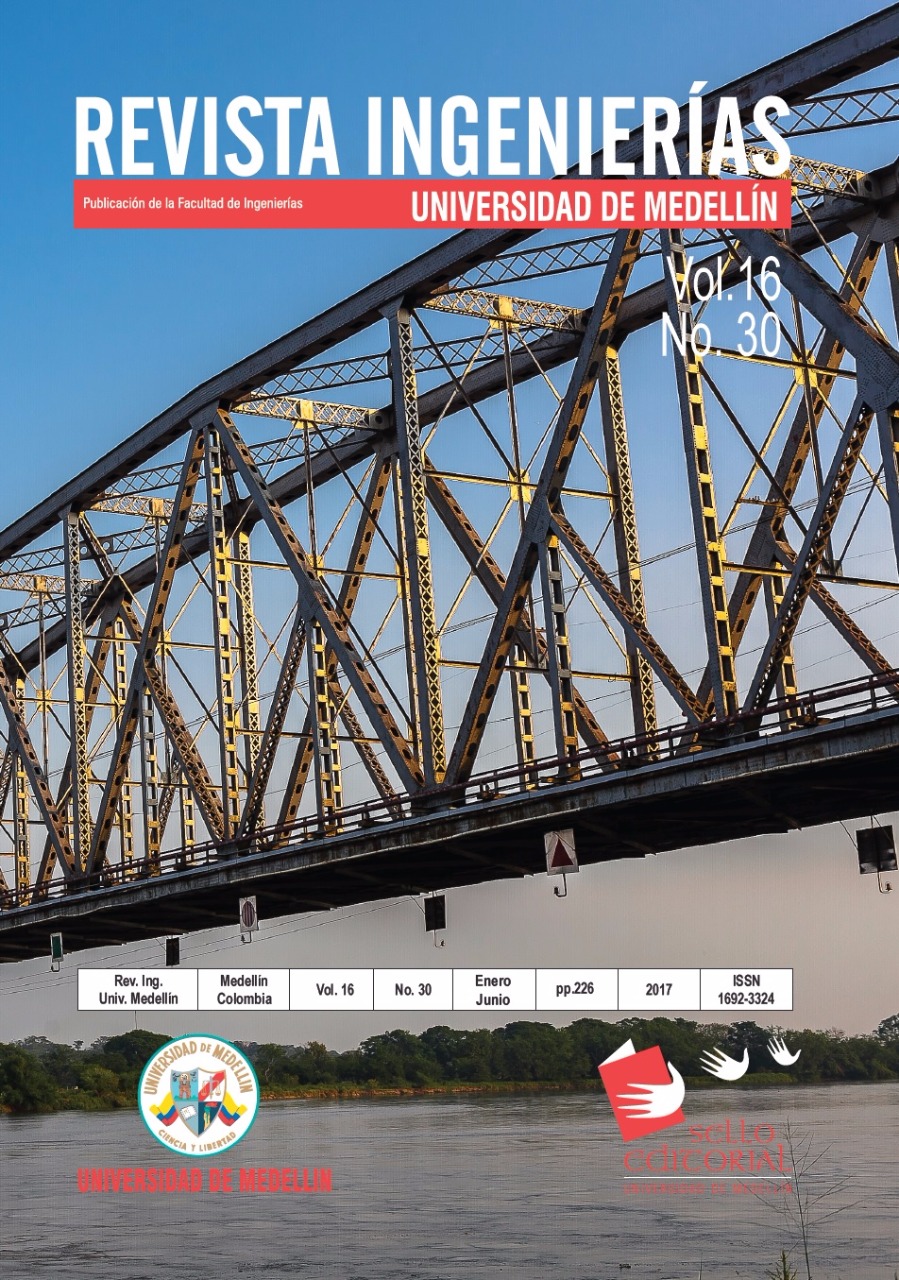Análisis de la influencia de las técnicas de compresión de voz en la detección de anomalías vocales
Contenido principal del artículo
Resumen
En este artículo se comparan los resultados de utilizar señales de voz comprimidas frente a señales de voz sin comprimir para detectar de forma automática anomalías vocales. Las técnicas de codificación y compresión de voz usadas en este estudio son las mismas que se utilizan de forma estándar en los sistemas de telefonía fija, móvil e IP, y las técnicas de caracterización y clasificación usadas también están dentro de las más utilizadas para la detección automática de anomalías de voz. Los resultados obtenidos permiten concluir que es posible utilizar señales de voz comprimidas para detección automática de patologías vocales sin detrimento en el porcentaje de acierto en el diagnóstico, lo que haría posible la implementación de sistemas de telediagnóstico automático de patologías vocales.
Detalles del artículo
Citas
[2] G. Rajesh, et al., "Speech compression using different transform techniques," in Computer and Communication Technology (ICCCT), 2011 2nd International Conference on, 2011, pp. 146-151.
[3] I. Otung, Communication engineering principles: Palgrave Macmillan, 2001.
[4] B. Sklar, Digital communications vol. 2: Prentice Hall NJ, 2001.
[5] T. ITU, "Recommendation G. 711," Pulse Code Modulation (PCM) of voice frequencies, November, 1988.
[6] R. ITU-T and I. Recommend, "P. 800," Methods for subjective determination of transmission quality, 1996.
[7] S. Haykin, Communication systems: John Wiley & Sons, 2008.
[8] J. Davidson, Voice over IP fundamentals: Cisco press, 2006.
[9] D. Peña, Análisis de datos multivariantes vol. 24: McGraw-Hill Madrid, 2002.
[10] J. B. Alonso, et al., "Automatic detection of pathologies in the voice by HOS based parameters," EURASIP Journal on Applied Signal Processing, vol. 4, pp. 275-284, 2001.
[11] G. Banci, et al., "Vocal fold disorder evaluation by digital speech analysis," Journal of Phonetics, vol. 14, pp. 495-499, 1986.
[12] B. Boyanov and S. Hadjitodorov, "Acoustic analysis of pathological voices. A voice analysis system for the screening of laryngeal diseases," Engineering in Medicine and Biology Magazine, IEEE, vol. 16, pp. 74-82, 1997.
[13] A. A. Dibazar, et al., "Feature analysis for automatic detection of pathological speech," in Engineering in Medicine and Biology, 2002. 24th Annual Conference and the Annual Fall Meeting of the Biomedical Engineering Society EMBS/BMES Conference, 2002. Proceedings of the Second Joint, 2002, pp. 182-183 vol.1.
[14] M. K. Arjmandi and M. Pooyan, "An optimum algorithm in pathological voice quality assessment using wavelet-packet-based features, linear discriminant analysis and support vector machine," Biomedical Signal Processing and Control, vol. 7, pp. 3-19, 2012.
[15] R. J. Moran, et al., "Telephony-based voice pathology assessment using automated speech analysis," Biomedical Engineering, IEEE Transactions on, vol. 53, pp. 468-477, 2006.
[16] M. F. Kaleem, et al., "Telephone-quality pathological speech classification using empirical mode decomposition," in Engineering in Medicine and Biology Society, EMBC, 2011 Annual International Conference of the IEEE, 2011, pp. 7095-7098.
[17] N. Saenz-Lechon, et al., "Effects of Audio Compression in Automatic Detection of Voice Pathologies," Biomedical Engineering, IEEE Transactions on, vol. 55, pp. 2831-2835, 2008.
[18] D. Arifianto, "Enhancement of speech over wireless network using sinusoidal modeling and synthesis," in Signal Processing Systems (SiPS), 2013 IEEE Workshop on, 2013, pp. 301-305.
[19] V. Uloza, et al., "Exploring the feasibility of smart phone microphone for measurement of acoustic voice parameters and voice pathology screening," European Archives of Oto-Rhino-Laryngology, pp. 1-9, 2015/07/11 2015.
[20] M. Eye and E. Infirmary, "Voice disorders database, version. 1.03 (cd-rom)," Lincoln Park, NJ: Kay Elemetrics Corporation, 1994.
[21] G. Smillie, Analogue and digital communication techniques: Butterworth-Heinemann, 1999.
[22] S. Karapantazis and F.-N. Pavlidou, "VoIP: A comprehensive survey on a promising technology," Computer Networks, vol. 53, pp. 2050-2090, 2009.
[23] A. R. Madane, et al., "Speech compression using Linear predictive coding," in proceedings International workshop on Machine Intelligence Research MIR labs, 2009.
[24] M. Hasegawa-Johnson, "Lecture notes in speech production, speech coding, and speech recognition," class notes, University of Illinois at Urbana-Champaign, Fall, 2000.
[25] L. M. Sepúlveda Cano, "Análisis Dinámico de Relevancia en Bioseñales," Universidad Nacional de Colombia-Sede Manizales, 2013.
[26] A. F. Quiceno Manrique, "Análisis tiempo-frecuencia por métodos no paramétricos orientado a la detección de patologías en bioseñales," Universidad Nacional de Colombia-Sede Manizales, 2009.





